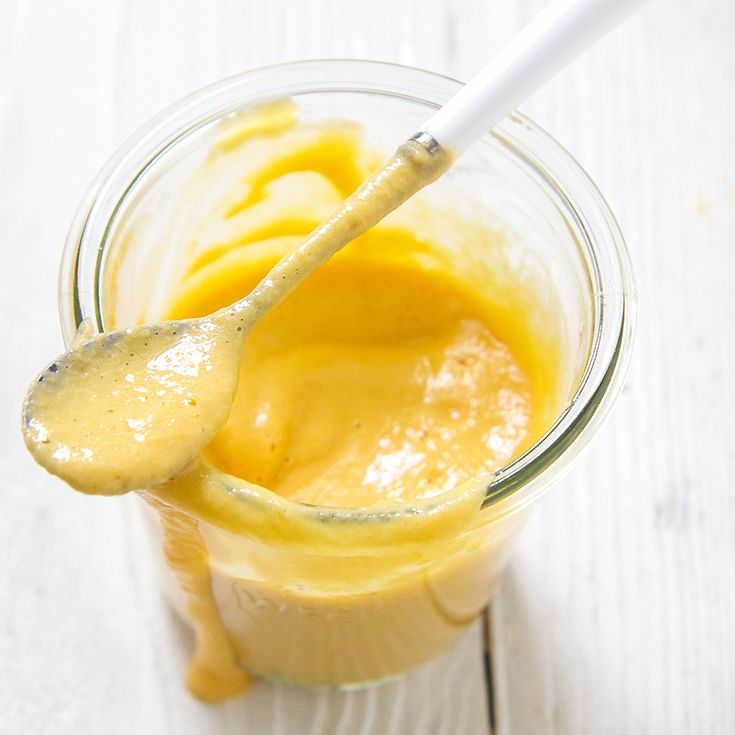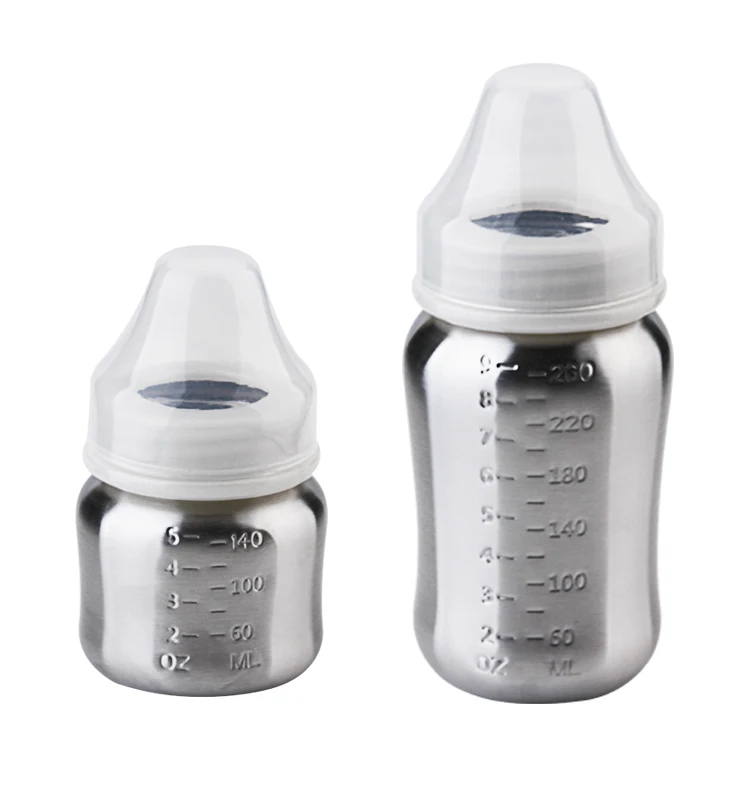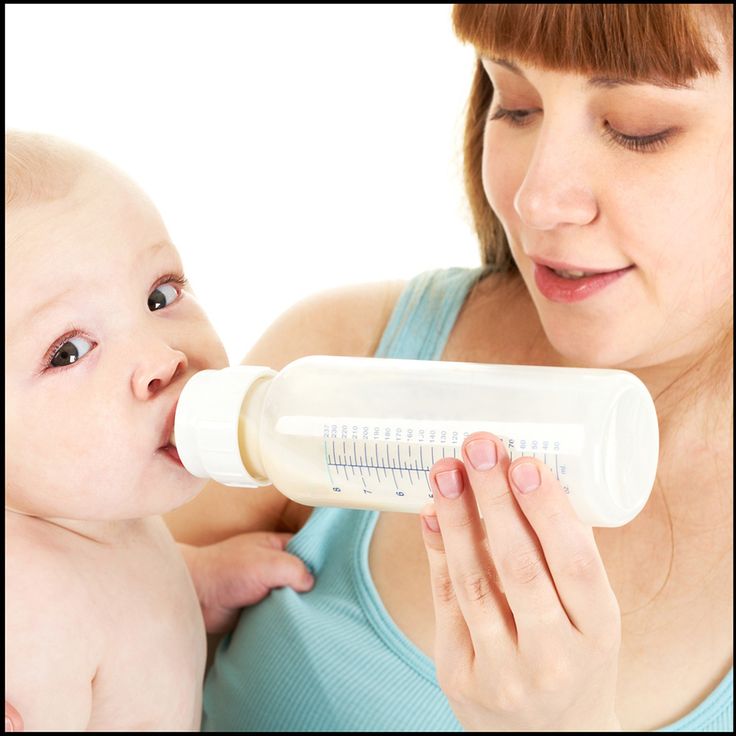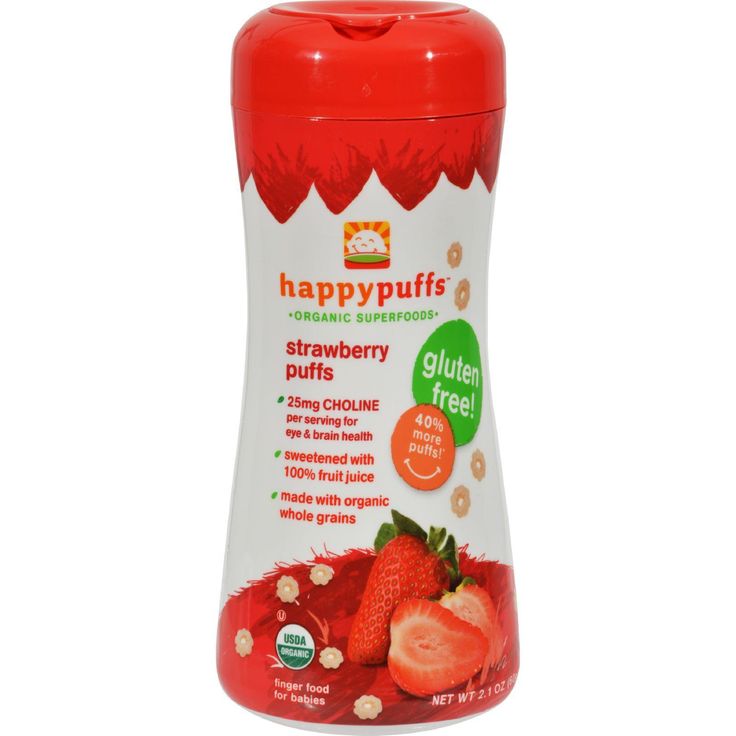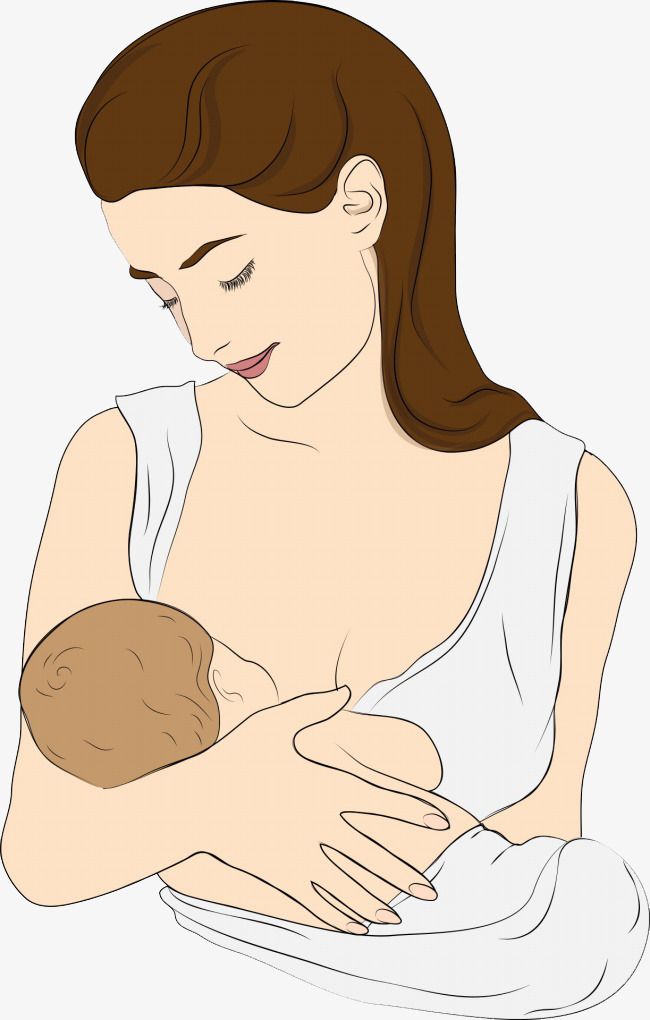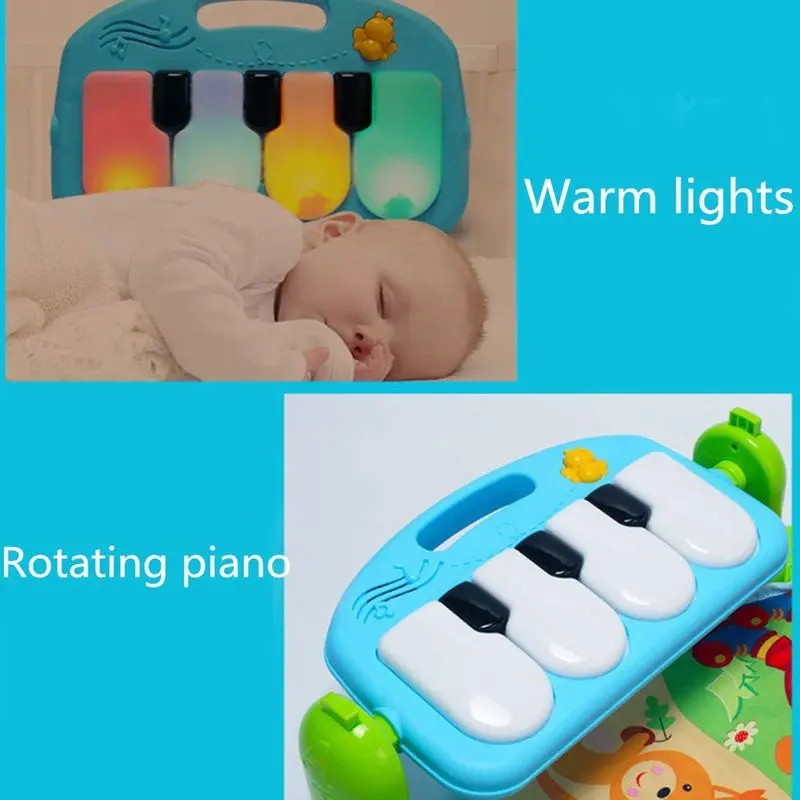Best food for teething babies
Best Foods for Teething Babies
May 01, 2018
Teething is a pain--literally! Pain from teething can cause your baby to feel uncomfortable and even downright miserable, and it’s only natural for parents to soothe that teething pain with a plethora of toys and remedies. One of the best remedies for teething pain is to provide your baby with foods that can ease teething pain and soothe inflamed gums. If you want to know the best foods for teething babies, consider the following foods that are optimal for teething babies.
Cold Foods:
Cold food is very soothing to teething babies because of the cold temperature has a slightly numbing affect, and it can also reduce inflammation on the gums. This makes a variety of cold foods ideal for your baby when their teething pain flares up. Cold foods from the fridge such as cold yogurt, cold hummus, or even cold soups can help ease pain from teething. Just make sure to avoid anything with citrus fruit, anything acidic, or anything that is too spicy or salty, as all of these can inflame the gums even further and actually increase soreness.
Mushy Foods:
Mushy foods can be a great option for teething babies because the mushy texture may soothe red and sore gums, and the fact that they don’t need to be chewed ensures that your baby’s sore teeth and gums get a break. The most popular mushy foods for teething are vegetable or fruit purees, along with soups, mashed bananas, mashed avocado, and anything with a similar mushy texture. It’s best not to serve these foods hot or even warm if possible, since most teething babies prefer colder foods to ease the pain. Ideally, you should stick these mushy foods in the fridge for at least an hour or so before you feed them to your baby.
Hard Foods:
Hard foods are ideal for certain types of teething pain, as some babies prefer to put pressure on their sore gums in order to relieve pain.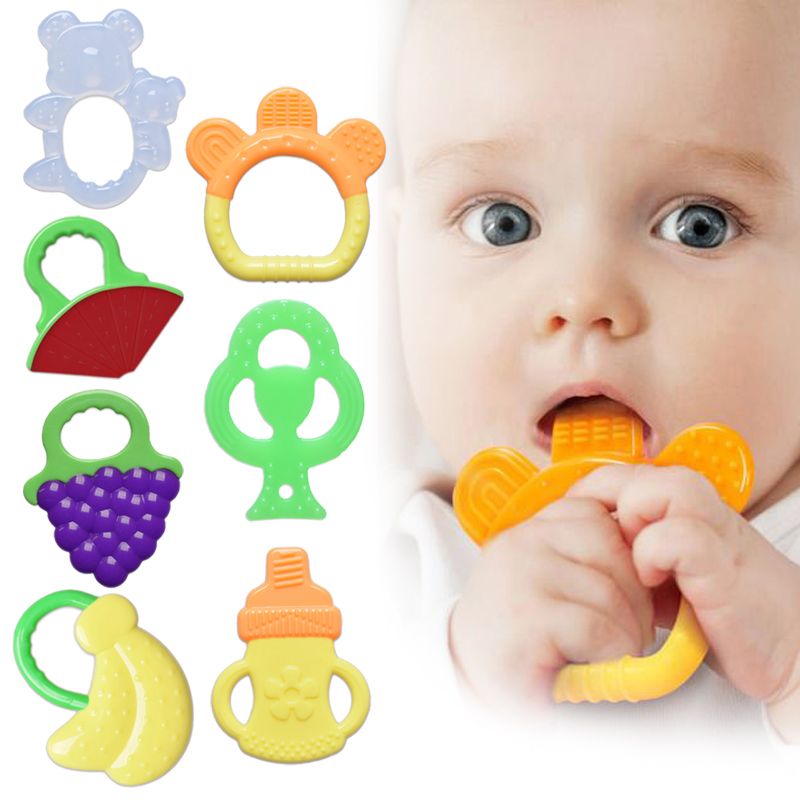 Some parents give their children carrot or cucumber sticks, but be careful with these as pieces can break off and become a serious choking hazard. Ideally, you should look for baby-safe teething biscuits, because teething biscuits dissolve in the mouth. You should also look for a brand that doesn’t use much added salt or spices, as these can inflame the gums.
Some parents give their children carrot or cucumber sticks, but be careful with these as pieces can break off and become a serious choking hazard. Ideally, you should look for baby-safe teething biscuits, because teething biscuits dissolve in the mouth. You should also look for a brand that doesn’t use much added salt or spices, as these can inflame the gums.
Frozen Foods:
Frozen foods combine the soothing pressure of hard foods with the numbing affect of cold foods; frozen foods are even more soothing because the increased cold numbs the gum pain even more so than food from the fridge. In fact, many teething babies prefer frozen foods because they are an ideal combination of these two remedies. The best frozen foods are frozen fruits such as frozen bananas or frozen blueberries, but you can substitute any of your baby’s favorite frozen fruits for these. Just be sure to avoid any citrus fruits because they will cause more inflammation and can even cause a stinging sensation in already inflamed gums.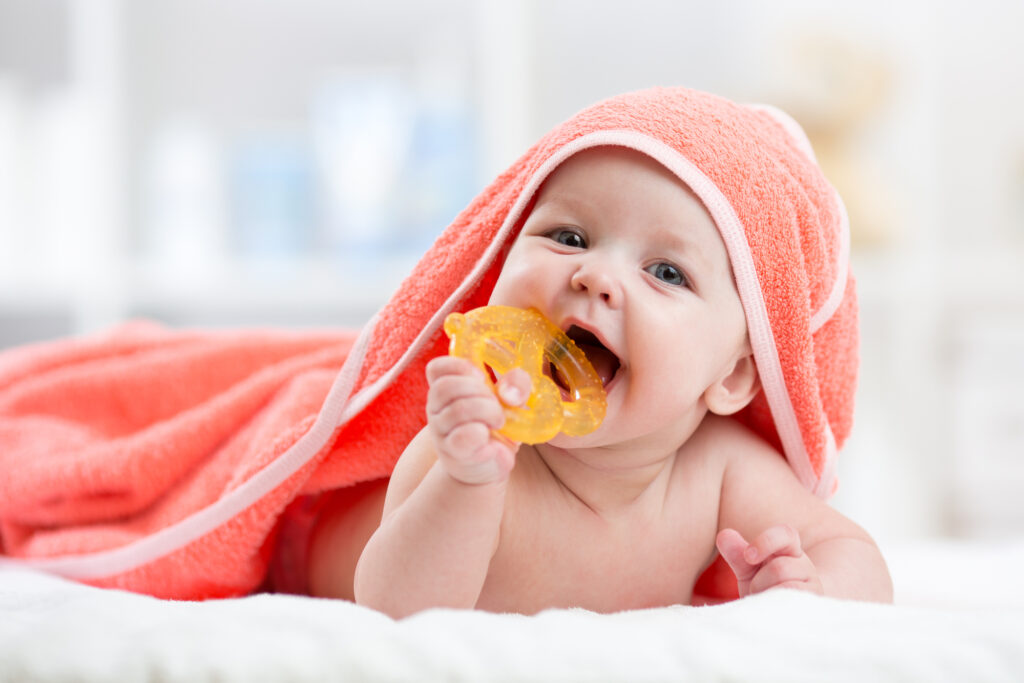
About Powell's Owls:
At Powell's Owls we offer a wide collection of Baltic amber necklaces for toddlers, children and adults. We source our amber from Lithuania and only sell 100% authentic Baltic Amber. Check out our collection of amber teething necklaces, adult jewelry and teething mittens via the website at: https://www.powellsowls.com/
Share:
Keep Reading
Baltic Amber as Holistic Pain Relief
May 31, 2022
Continue Reading →
Do Amber Necklaces Work For Adults?
March 28, 2022
Continue Reading →
Where Does Baltic Amber Come From And Can It Help My Baby
February 15, 2022
Continue Reading →
Five Teething Foods That Soothe
This month my third child reached a milestone. Her first tooth appeared. Third time around I am more prepared for teething. Third time around I know what to expect. Not everyone has the benefit of past experience when it comes to teething so I thought I would share some of the practical things I have learnt along the way.
Her first tooth appeared. Third time around I am more prepared for teething. Third time around I know what to expect. Not everyone has the benefit of past experience when it comes to teething so I thought I would share some of the practical things I have learnt along the way.
Not every teething experience is the same.
Some babies never bat an eye lid, and show absolutely no signs they are teething. One day they have no teeth, then the next, you notice a pearly white has sprouted from their gum. Mums of these kids can often be a bit smug when it comes to teething. I confess to being one of these mums at the start.
Some babies struggle with every single tooth, they are miserable for a few days leading up to it, and usually sleep poorly on the nights the teeth actually cut. These kids have red cheeks, chew everything in sight and are just plain irritable. Mums of these kids wish all their child's teeth would arrive on one day so that it could be all over and done with. I was this mum with mu second when her first few teeth arrived.
I was this mum with mu second when her first few teeth arrived.
Some babies are a mixed bag. Sometimes they just magically appear then other times they appear to be quite painful. Mums of these kids find it hard to know if teething is the reason for their munchkins grumbles or if other things are at play. Mixed bag kids can be hard as like the famous line from Forrest Gump "you never know, what you're going to get'. It turns out that ultimately my kids have been mixed bag, or should I say 'box of chocolates' kids. I suspect this is probably the case for the majority of babies. So if you think teething is a breeze, I hope it remains that way for you. If it doesn't and your placid poppet becomes irrationally irritable with a future teething experience, then rest assured you are not alone!
Case and point: My kids
Kiddliwink One: Breezed through the first stages of teething, his first 8 just arrived no issues. His first set of molars no problems. Canines however were a disaster, he was grumpy, red cheeked, off his food and slept poorly until they came through.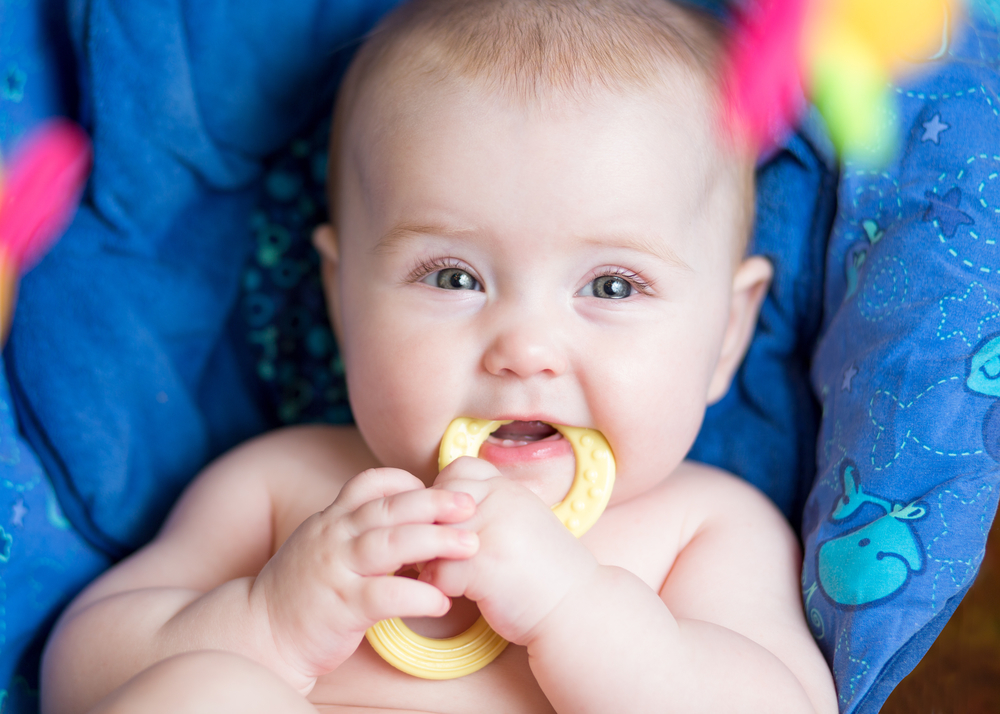 I was sleep deprived, grumpy and a bit more arse-holey than I typically like to be.
I was sleep deprived, grumpy and a bit more arse-holey than I typically like to be.
Kiddliwink Two: The complete opposite to the first. Struggled with the first four, showed obvious signs of teething, red cheeks, swollen gums, chewed everything and woke beside herself on the nights they actually cut. She is currently getting her molars and canines at the same time and you wouldn't even be able to tell.
Kiddiwink Three: Her first tooth has just arrived. She has shown absolutely no signs. Apart from one night of absolutely terrible sleep. I had no idea what the problem was until the next morning I noticed a tooth had broken through. Then I felt terrible as I hadn't even considered teething as the reason she was awake in the middle of the night.
Below is a chart showing usual times when teeth can make their appearance.
As with everything the range of normal is quite large and even then there can be kids who can sit outside the 'usual' range.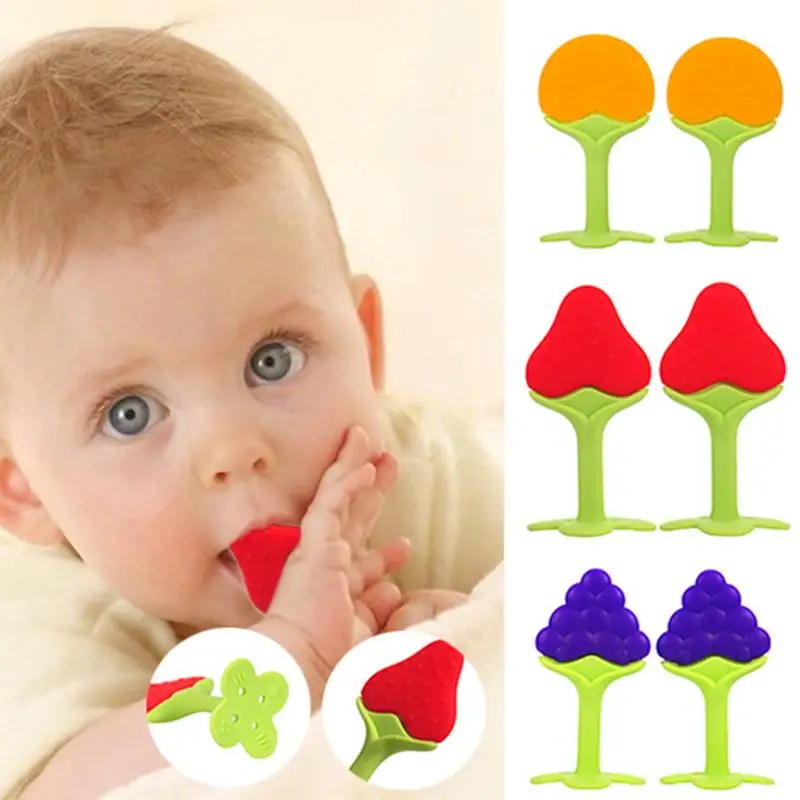 Some kids are hares when it comes to getting teeth and some kids are tortoises.
Some kids are hares when it comes to getting teeth and some kids are tortoises.
Case and point: My kids
My first two kiddlwinks fell into the slow and steady wins the race camp.
Kid 1: No teeth until 10mths old (He had all of them by the time he was 2.5yrs though).
Kid 2: Is proving to be an absolute tortoise. First tooth at 14 months. She will be 2 years old in a weeks time, and up until a few weeks ago still only had four teeth. She is catching up now, with a mouth full of erupting teeth.
Kid 3: Her first tooth arrived at 6 months, and as of yesterday number 2 is here as well. So a hare compared to the others, but right on schedule compared to the chart.
I know a munchkin who cut their first tooth at 2 months and even one who had a tooth at birth.
If you have any concerns about your child's teething then ask a Healthcare Professional. In NZ there is a free public dental service until your baby's 18th birthday. If you have any concerns about your baby/childs teeth (or lack of them) then this is a good place to start. Just call 0800 TALK TEETH (0800 825 583).
If you have any concerns about your baby/childs teeth (or lack of them) then this is a good place to start. Just call 0800 TALK TEETH (0800 825 583).
One thing I do know, whether you have a hare or tortoise, getting teeth changes a kids smile. So make sure you have some great pics of your baby's gummy grin as it doesn't last forever! A smile with teeth is also adorable, just different, so snap away as your childs smile changes over their first few years.
As I mentioned above not every teething experience is the same. There are differences from baby to baby and from tooth to tooth. Some kids will breeze through, others, I honestly do believe find it quite painful. Let me put a qualification on this though. I do believe teething can be painful for some kids, for some teeth. However, honestly now that I know what I do about young kids. If your munchkin is out of sorts and has been out of sorts for a long period of time. It is probably not teeth solely causing the issue.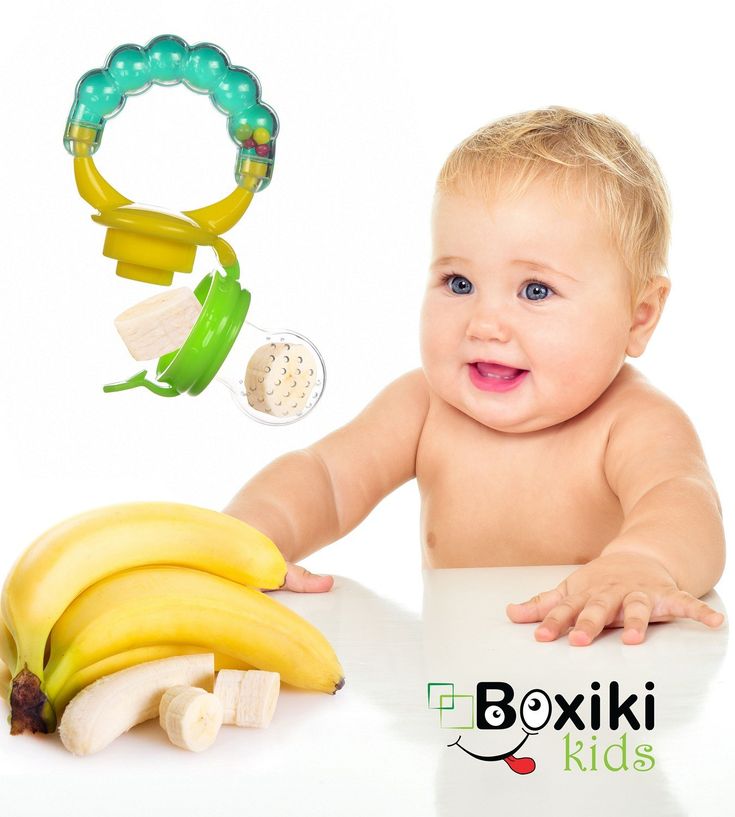 Babies and toddlers get out of sorts for all sorts of reasons. Being a baby and toddler is tough going. So many milestones and concepts to wrap their little heads around. So yes I believe it can be painful, and yes I believe it can upset sleep. A few day/weeks here and there, But not for weeks on end.
Babies and toddlers get out of sorts for all sorts of reasons. Being a baby and toddler is tough going. So many milestones and concepts to wrap their little heads around. So yes I believe it can be painful, and yes I believe it can upset sleep. A few day/weeks here and there, But not for weeks on end.
Case and point: My kids
My eldest was a late teether but an early talker. When his canines arrived at around 2yrs of age, not only did he display symptoms, swollen gums, red cheeks, drooling and restless nights. He could also tell me. He would tell me his teeth were sore. He would refuse to eat crunchy foods like apple and carrot sticks as 'they hurt'.
My middle child is a dream sleeper. Honestly she looks at a bed and falls asleep. When her first few teeth arrived she would wake beside herself and would take hours to resettle. This would last for a few days each time a tooth erupted. She was clearly finding teething painful.
Easing the pain
During the day I believe there are quite a few things you can try to help a baby/child deal with sore gums/teeth.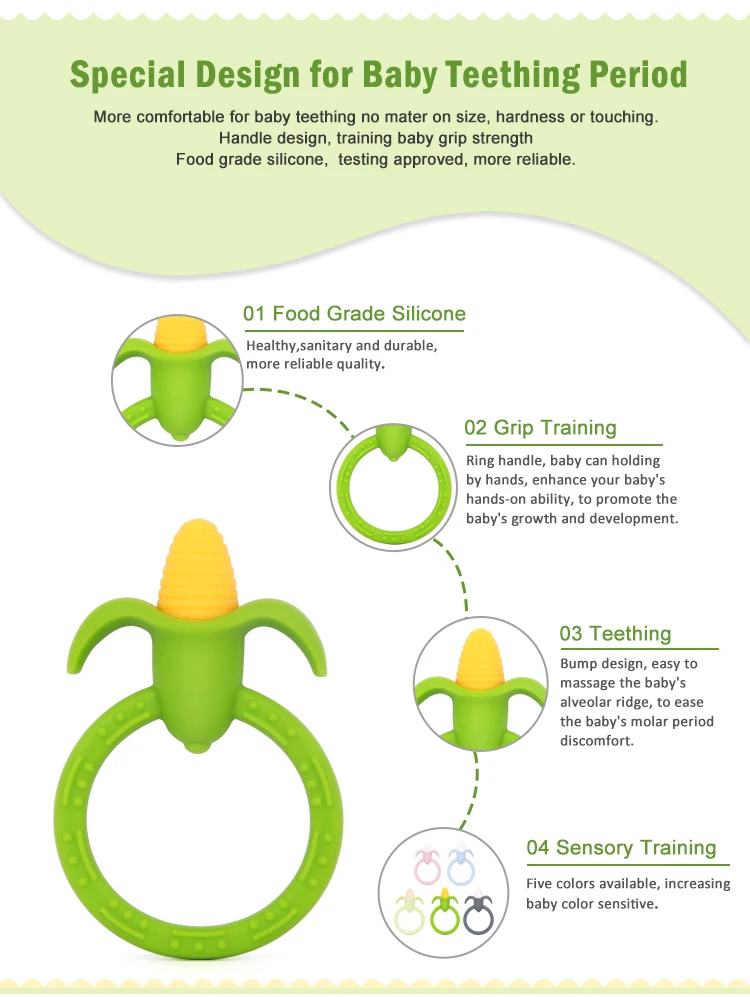 Below are my 5 everyday foods that can ease the pain, or at least distract from it.
Below are my 5 everyday foods that can ease the pain, or at least distract from it.
5 Regular foods to ease the pain, or at least distract from it
1. Watermelon
Amazing straight out of the fridge. Loved by kids. Don't cut the rind off, it is the perfect thing to gnaw on.
2. Cucumber
Either as rings or sticks, cold cucumber and teething kids you can't go wrong
3. Cruskits
Not exactly the most nutritious cracker out there, but so great for gummy sharks to suck, gnaw and generally just muck about with. They have the added benefit of being quite tidy, so a great option to give to an irritable kid in a pram, when you need to buy yourself a few more minutes grace before the grumbling really kicks in. There are quite a few varieties now; Original, Rice, Corn, Wholegrain to name a few. If you have an allergy kid, be mindful as they don't all contain the same ingredients. Some have added Milk or Soy where others don't.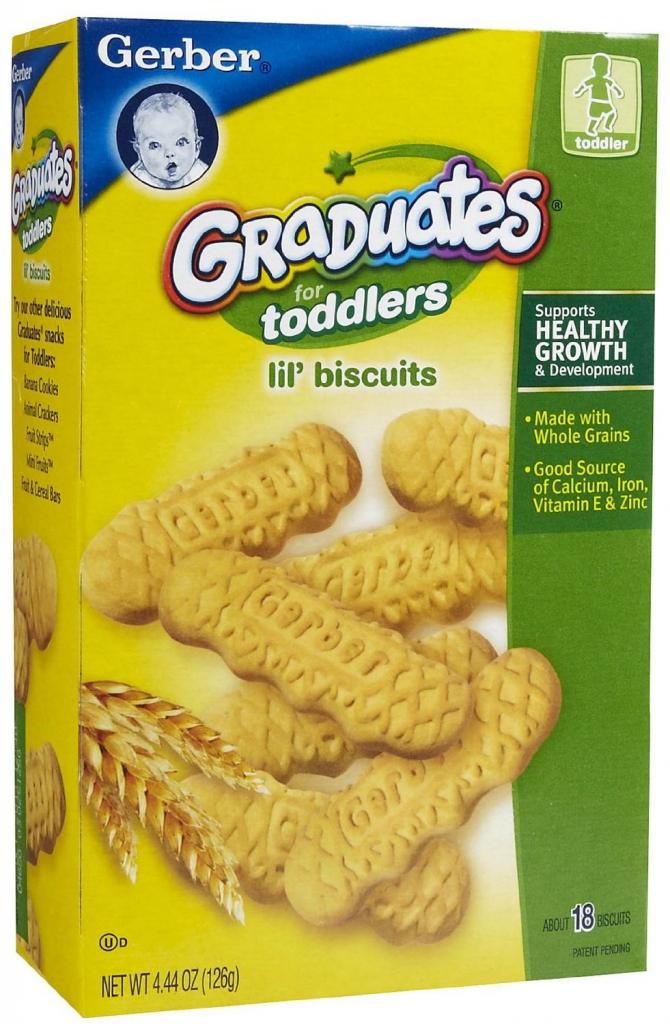 So check the label.
So check the label.
4. Frozen Blueberries
One of my favourite foods to come out of a packet. Kids love them, and they are the perfect distraction from teething. Be warned they are messy and can stain, so make sure you have a bib handy, or at least don't serve them when your munchkin is wearing their best outfit.
5. Ice
Lastly, but by no means least, good old, run of the mill ice. The only problem with ice is putting it in a form that is easy for your poppet to manage (particularly if they are teething at quite a young age). I use two different ways.
One is a fairly standard tried and tested method: Wet a muslin, Wring it out, Roll it up and freeze. Pure bliss for babies.
The second method, I like to think I was the first to create. I like to think it is a My Kids Lick The Bowl original idea. I suspect though that some other practical mum has been there and done that before me. But, in case they haven't, or at least in case you haven't come across them before, look below for instructions on making the ultimate Teething Pop.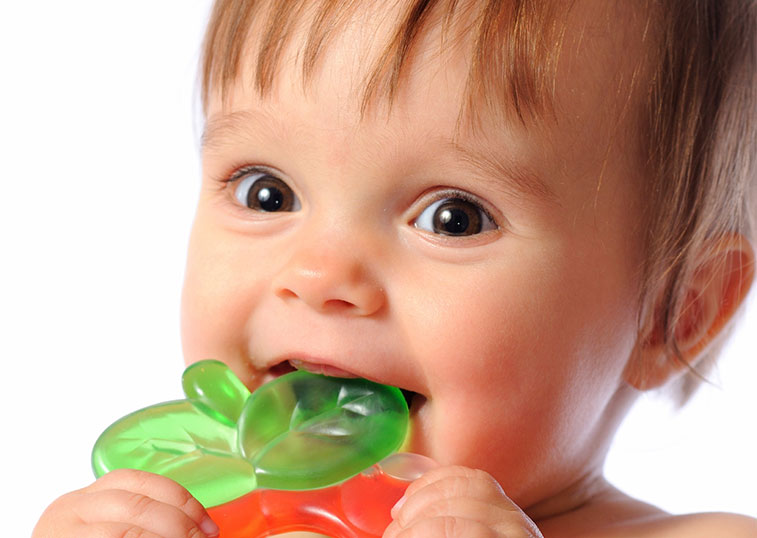 So practical in its's simplicity yet so clever in its originality. Or maybe not, either way they definitely work and babies love them, even grumpy babies with sore teeth.
So practical in its's simplicity yet so clever in its originality. Or maybe not, either way they definitely work and babies love them, even grumpy babies with sore teeth.
Pain medication
If these things don't work and my child remains in obvious discomfort then I am a believer in pain relief. I know not everyone is, but I am. Mums will have different comfort levels in regards to when they will consider pain relief for illness and teething. When it comes to pain relief in children I live by this philosophy.
A Pharmacist or Doctor will be able to give you expert advice when it comes to pain medications for your children. They should be your first point of call if you have any concerns.
Babies do not need teeth to start solids. Jeepers, if I had waited for my second child to have teeth before I started solids she would have been 14 months old!
Not having teeth shouldn't greatly affect the type of food you offer. You will be amazed at what a 'gummy shark' can manage, so don't use not having teeth as a reason for not moving kids through different food textures or starting them on finger foods. Be sensible though. A child with no molars will struggle with very hard foods like carrot sticks or nuts, as they will have no way of grinding them up. So sometimes an alternative is needed. Cucumber sticks are easier to manage than carrot, or lightly steam the carrot until their molars come in. Use nut butters for snack as an alternative to nuts.
Be sensible though. A child with no molars will struggle with very hard foods like carrot sticks or nuts, as they will have no way of grinding them up. So sometimes an alternative is needed. Cucumber sticks are easier to manage than carrot, or lightly steam the carrot until their molars come in. Use nut butters for snack as an alternative to nuts.
A baby clamping down on your nipple with just gums is painful enough. A baby clamping down on your nipple with teeth can make you scream bloody murder! Due to my first two kiddlywinks being late teethers I don't have a huge amount of experience. But a couple of practical tips I would suggest if you have a bub determined to chomp through your nipples:
Feed bub when genuinely hungry
I find cheeky bubs don't tend to bite down when they are hungry, it is something they do when they have full tummies and are just experimenting.
- If bub is not actively feeding and is just mucking about (I am sure you know what I mean) then pop them off the boob before they have a chance to bite.

- If bub does bite you, pop them down i.e. feed is over! Re-offer the boob in 20-30 minutes, if they take it they were still hungry, if they don't then they weren't hungry and the bite was a painful game. If they bite again, pop them down and repeat as above.
It's usually a phase
For most it is a phase and if you stop the feed when they bite, they should stop doing it after a little while and you can go on with your breastfeeding journey. Or at least that is the theory!
So to sum up. Teething happens to every child. Eventually every baby will cut 20 pearly whites. Your bub may not be bothered at all, or it could be a bit of a troublesome time. Do what you need to do to get through. Whether that be by making my incredibly original but simply brilliant teething pops or by giving more traditional pain relief. The good news, is typically after a maximum of 3 years teething will be done and dusted.
On my website I have a teething biscuit recipe and a 1-minute baby rusk which my kids have all enjoyed when teething.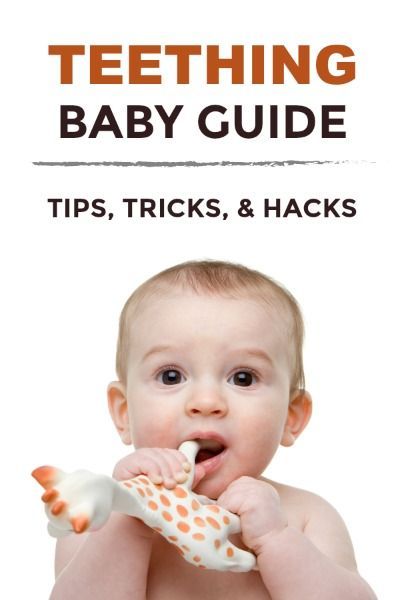
How to feed a child during teething? – Kid's Republic Blog
Product catalog
Parents sometimes notice that their beloved child suddenly refuses the usual food, cries, is naughty. The reason for this behavior may be painful teething. How to feed a child during this difficult period, how to find out that his teeth have begun to appear and that they cause discomfort?
How can you tell if a child is teething?
The central teeth appear first in children. Usually they can be boasted as early as 6 months. But individual symptoms will be noticeable much earlier, two months before the onset of an important event. Most babies experience discomfort 3-4 days before teething. They completely disappear on the 4th day after the tooth comes out. By what signs can teething be recognized in order to organize the proper nutrition of the baby?
- the child becomes very moody.
 He refuses to play his favorite games and often cries, even when he is in his mother's arms;
He refuses to play his favorite games and often cries, even when he is in his mother's arms; - produces much more saliva - so be sure to stock up on a change of bibs;
- the baby can bite. To quickly alleviate this condition, let him gnaw on a special ring;
- face or cheeks become red, like after a long run;
- temperature may rise;
- the established sleep pattern is disturbed;
- no appetite.
The exit of the first teeth is always the most painful. Therefore, it is so important to initially learn how to make the right children's menu for every day, which the baby can eat completely.
Proper nutrition for a baby with toothache
How to help a baby with no appetite due to pain? To make food enjoyable, use the following tips:
- never force anyone to finish what is left on the plate or in the bottle;
- always prefer liquid meals that are easier to swallow.
 During this difficult period, ready-made organic fruit and vegetable purees produced by the French brand Good Gout will help you. They contain 99.9% natural, the most useful products for children. Soft, delicious puree of pumpkin, apples, pears, strawberries, mangoes, bananas with a drop of lemon juice will appeal to any picky eater. Ready-made liquid cereals from cereals "Strawberry Muesli", "Oats, Wheat, Rice" and other ingredients contain only organic flour, vitamins and nothing else;
During this difficult period, ready-made organic fruit and vegetable purees produced by the French brand Good Gout will help you. They contain 99.9% natural, the most useful products for children. Soft, delicious puree of pumpkin, apples, pears, strawberries, mangoes, bananas with a drop of lemon juice will appeal to any picky eater. Ready-made liquid cereals from cereals "Strawberry Muesli", "Oats, Wheat, Rice" and other ingredients contain only organic flour, vitamins and nothing else; - products are best given chilled. In this form, they will play the role of a light pain reliever. Invite your child to chew vegetable or fruit sticks from carrots, bananas, cucumbers;
- to create comfortable conditions, try to cook only your favorite dishes.
Diet for older children
The process of teething takes a long time, it usually ends by the age of three. What foods to choose for children from 1 to 3 years old if they are teething? Good Gout suggests using organic biscuit sets specially made to provide some relief from the pain of new teeth. Small squares with an incredible taste of mango, banana or coconut will become your fidgets' favorite dishes.
Small squares with an incredible taste of mango, banana or coconut will become your fidgets' favorite dishes.
Assortment of children's eco products Good Gout. extremely large. Today, a child can try pasta with eggplant, tomatoes and cream, mini baguettes with cheese, rosemary and tomatoes, and tomorrow invite him to chew on delicious pea sticks or three types of crispy rice cakes with apple, carrot, blueberry. Organic nut, banana, almond, and round vanilla or oval cocoa cookies will help relieve itchy gums and help make chewing less painful.
The listed products are recommended to be included in the diet of the child and in the usual period. Fruits, vegetables, cereals and other ingredients included in their composition are not chemically processed, do not contain harmful substances, heavy metals and GMOs. All products, certified according to high European safety standards, are packed in convenient, securely closed bags made from safe, environmentally friendly materials.![]() You can take them with you on a daily walk and on a long trip.
You can take them with you on a daily walk and on a long trip.
Good Gout organic nutrition is a correct, varied diet that strengthens the child's immunity and is beneficial for his health.
Return to the list
Items
Quick view
Baby fruit puree Apple and chestnut, Good Gout, 120g. from 4 months
34 UAHAdd to cartView details
Buy in 1 clickCompare
Add to favoritesIn stock
Quick view
Children's fruit puree GOOD GOUT Apple-Raspberry 120 g.
34 UAH.Add to cartView more
Buy in 1 clickTo compare
Add to WishlistIn stock
Quick view
Children's fruit puree GOOD GOUT Plum 120 g.
Add to cartView more
Buy in 1 clickTo compare
Add to WishlistIn stock
Quick view
Children's fruit puree GOOD GOUT Mango 120 g.
35 UAH.Add to cartView more
Buy in 1 clickTo compare
Add to WishlistIn stock
Quick view
Baby porridge Oats, wheat and rice, Good Gout, 200g. from 6 months
165 UAHAdd to cartView more
Buy in 1 clickTo compare
Add to WishlistIn stock
Quick view
Zucchini & Goat Cheese Risotto, Good Gout, 190g, 8m+
85 UAHAdd to cartView more
Buy in 1 clickTo compare
Add to WishlistIn stock
Quick view
Vegetable puree for children Pumpkin tagine with bulgur, Good Gout, 190g.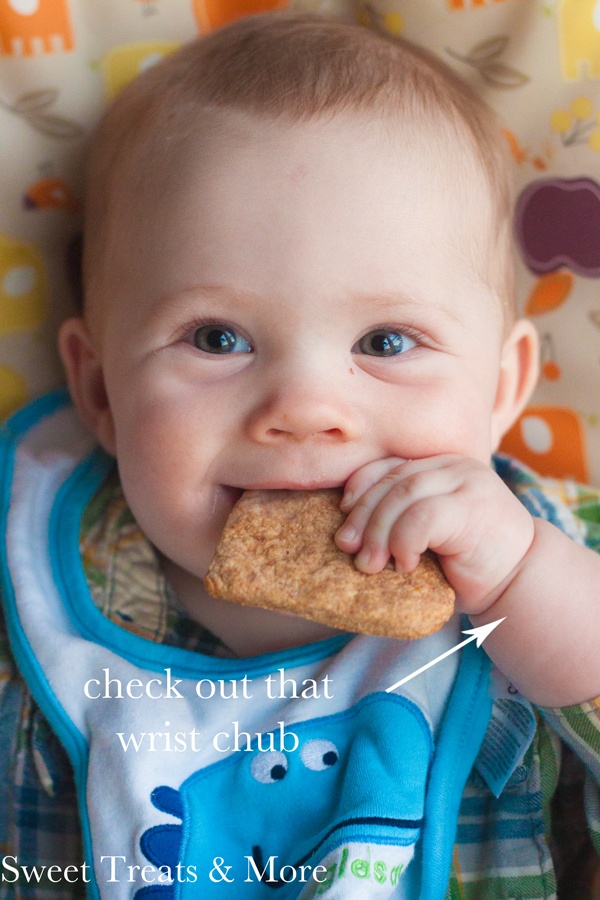 from 8 months
from 8 months
Add to cartView more
Buy in 1 clickTo compare
Add to WishlistIn stock
Quick view
Good Gout Organic Puree Apple, Fig 120 g
34 UAHAdd to cartView more
Buy in 1 clickTo compare
Add to WishlistIn stock
Popular Brands
Best Choice
Show more20
How to help a child who is teething
November 13, 2019LikbezTips
Five tips that will ease the pain of both children and their parents.
Share
0How to tell if a baby is teething
This process begins around 6 months of age Teething: Tips for soothing sore gums. In order not to confuse it with any other, look for the following symptoms in the baby:
In order not to confuse it with any other, look for the following symptoms in the baby:
- active salivation;
- craving to drag into the mouth and chew objects that come to hand;
- unusual irritability, moodiness;
- swollen, reddened gums;
- low temperature - about 37.2 °C.
Some parents try to attribute their teething to a higher temperature or, for example, diarrhea. And in vain. Teething has nothing to do with fever or diarrhea. If you observe these symptoms in a child, be sure to consult a pediatrician. Most likely, they are caused by some disease, and not the appearance of teeth.
When exactly you need to see a doctor
If the temperature rises to 38 °C or more during teething Baby Teething Pain or the child is clearly unwell - he is weak, too restless or vomits - call the pediatrician. The doctor will make a true diagnosis and begin treatment.
How to help a child who is teething
Here are some ways to help relieve pain and itching in the gums and prevent skin irritation on the face.
1. Massage your gums
Wrap your finger in a clean, damp gauze pad and rub your child's gums. In some cases, pressure can help reduce discomfort. And yes, you don't have to use a tissue: just make sure you wash your fingers thoroughly with soap and water.
2. Give something cold to chew on
For example, a teether filled with cold water. Elastic toys gently and safely massage the gums, and a low temperature will help reduce swelling and pain. Just don't use FDA warns about safety risks of teething necklaces, bracelets to relieve teething pain or to provide sensory stimulation The child can damage the gums about them or, if accidentally swallowed, suffocate.
3. Give me something to chew on
If your child has a positive attitude towards food, offer him a peeled chilled carrot or cucumber: they will also help massage the gums. If you are afraid that the baby may bite off too much and choke, put a piece of vegetable or fruit in a nibbler - a silicone or fabric pacifier with holes.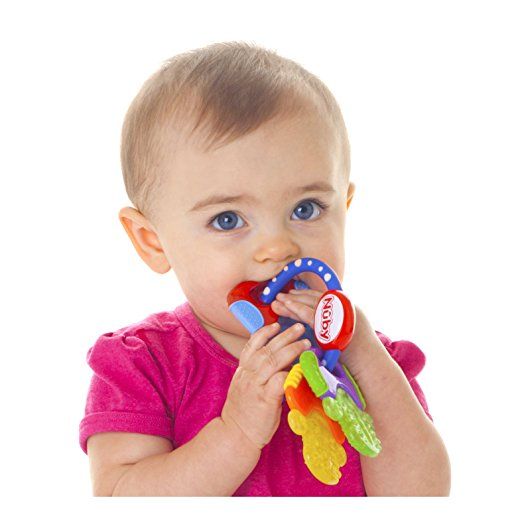 The child will gnaw it, feel the taste, but at the same time will not be able to swallow dangerous pieces.
The child will gnaw it, feel the taste, but at the same time will not be able to swallow dangerous pieces.
4. Use the tissue more often
Teething is always accompanied by active salivation. And saliva that gets on the lips, the area around the mouth and the chin can cause skin irritation. To prevent this from happening, blot your baby's face as often as possible with a soft paper towel.
5. Offer Pain Relief
Over-the-counter pain relievers such as paracetamol or ibuprofen work well for teething pain. But there is an important point here: they can be prescribed only after consulting a pediatrician who will pay attention to the weight and possible allergic reactions in the child. Even popular and seemingly harmless anesthetics can have unpleasant side effects in case of accidental overdose.
Do not use homeopathic remedies (they are useless) and ointments that contain benzocaine or lidocaine. And in general, the use of anesthetic ointments is an ineffective solution, since they are washed out of the child's mouth within a few minutes.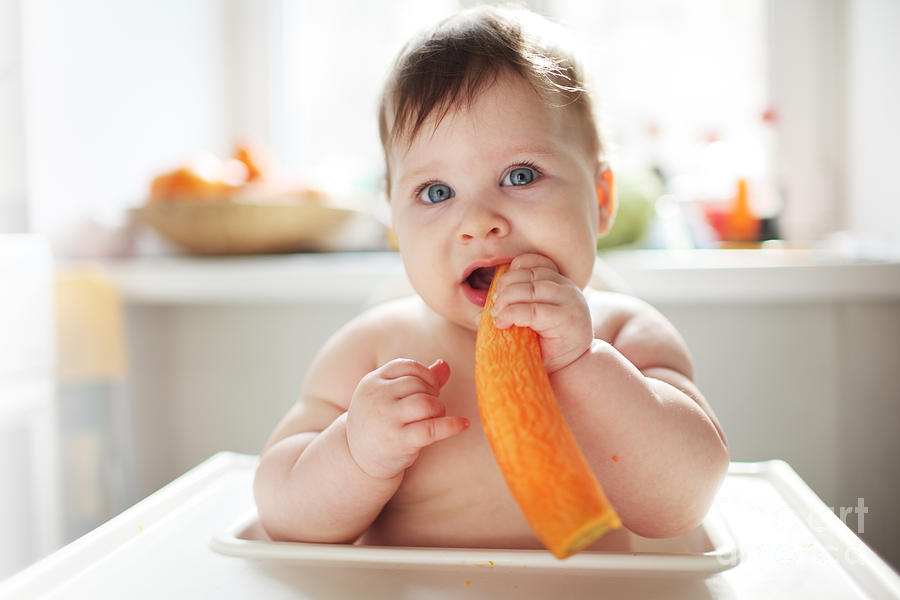
How to care for erupted teeth
Start caring for your teeth as soon as the first one erupts. And there are two reasons for that. Firstly, the bacteria living in the oral cavity immediately begin to affect the tooth. It must be cleaned regularly to prevent the development of caries. Secondly, the child will quickly begin to perceive regular care as the norm, and in the future you will not have problems with brushing your teeth.
The American Academy of Pediatric Dentistry recommends using any Frequently Asked Questions (FAQ) toothbrush with short soft bristles and a small head. Ideally, if it is designed specifically for babies. For toothpaste, use baby fluoride in an amount no larger than the size of a grain of rice.
Also, don't forget to visit the dentist with your child for a preventive check-up. All the same American Association of Pediatric Dentistry advises Frequently Asked Questions (FAQ) to do this even before the children are one year old.


